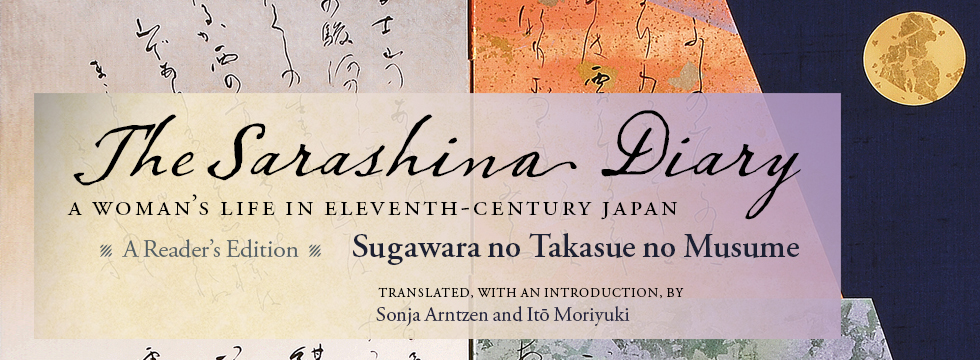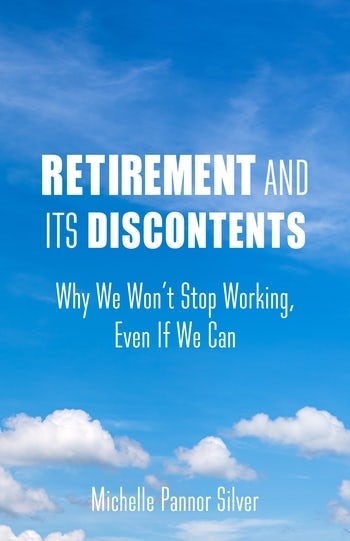Q&A: Leon Hunt on Danger: Diabolik

This week, one of our featured books is Danger: Diabolik, by Leon Hunt. Today, we are happy to present an exclusive interview with author Leon Hunt.
Enter our book giveaway by Friday at 1 PM for a chance to win a free copy!
Q: Your monograph on Danger: Diabolik was written for the Cultographies series – what makes it a cult film?
Leon Hunt: A few films seem to have very self-contained cults surrounding them – The Rocky Horror Picture Show would be an example of that or more mainstream (if I can use that word!) cults such as Star Wars. But most cult films probably have aggregate cults made up of different investments or (to use a more cultish word) obsessions. First and foremost, Danger: Diabolik has a cult auteur attached to it. Mario Bava is the classic case of the filmmaker seen to be ignored or underappreciated whose films attract a critical and fan following over time – French critics (as is often the case with Horror or fantasy) were amongst the first to praise his films. Plus, of course, his films were often difficult to see, and even more difficult to see in satisfactory versions (several exist in very different versions). Now his films are available in beautiful blu-ray versions (although Diabolik has yet to come out on blu-ray) and we have lavish books such as Tim Lucas’ Mario Bava: All the Colors of the Dark. Bava is celebrated mainly for his horror films and giallo thrillers, but I would say that this is his most well-loved film outside of those categories. Secondly, it’s adapted from a comic with its own cultish following. Thirdly, it has a datedness that works in its favour, at least in terms of its enduring following. But that datedness can be enjoyed in different ways. The film has a strong retro appeal because of its pop art fashions and interiors, and Ennio Morricone’s score. The film is often described as a psychedelic or pop art movie. But that appreciation can also turn to irony and even mockery. The film was featured in the TV series Mystery Science Theater 3000, which is based on the idea of laughing at ‘bad’ or campy old films. Not all fans of the film are happy about its appearance on that show, but it’s very much part of the cult life of the film, for better or worse.
Q: The film is adapted from a comic book. How familiar would audiences have been with the character of Diabolik?
Hunt: I don’t think it’s exaggerating to say that Diabolik is a cultural phenomenon in Italy – it’s been in continuous publication for over 55 years with no sign of it stopping. I don’t think I’ve ever seen a newsstand in Italy that didn’t have Diabolik on display. It was the first Italian comic aimed at adults and it was published in a pocket format so that people could read it on the journey to work. Angela Giussani, who created the character and then wrote the comic with her sister Luciana, supposedly got the idea from seeing a discarded Fantômas novel on a train in Milan. Initially the comics were very derivative of Fantômas – not just the character with his cowl and multiple disguises but actual storylines. But then they gave him a partner, Eva Kant, and introduced an element of romance into the storylines, and he also became more James Bond-like in appearance and in his use of gadgets. A film of Diabolik had first been announced in 1965 but the first attempt (directed by Seth Holt) ran into problems and was shut down. By the time Danger: Diabolik was released in 1968, the comic had been around for 6 years and there had been a few other films adapted from Italian comics such as Kriminal, a sexier and more violent offshoot from Diabolik. So the character was extremely well known in Italy, and the Fantômas angle arguably gave it some potential appeal in France (it was an Italian-French co-production), but it would have always been a tougher sell elsewhere, especially in the US where the understanding of comics was very different. Diabolik isn’t a superhero, he’s a master thief. Paramount put money into the film and distributed it worldwide, but their publicity materials show that they weren’t entirely on familiar ground. And as it turned out, its success in Italy wasn’t fantastic either, although it broke even. It’s difficult to do more than speculate as to why it underperformed in Italy – fans of the comic haven’t always liked the changes it made, but they only ever account for part of the audience for a comic book movie. Maybe that ‘pop art’ look was starting to feel rather played out after Modesty Blaise and a few others, whereas it feels rather wonderful now.
Q: How do you approach the film?
Hunt: The Cultographies books have a particular structure but with some room for flexibility. The opening chapter is about your personal relationship to the film, which allowed me to talk about London’s Scala cinema, where I once saw it on a triple-bill with Barbarella (its sister-film) and the Adam West Batman. Then I examine the production promotion and initial reception of the film. The Italian reception of the film is particularly interesting because critics were starting to notice that Bava was well regarded in France and addressed his rather different reputation on either side of the Alps – he was an artisan at best, for Italian critics (although some of Diabolik’s reviews were actually very good). There’s a chapter on the film’s cult afterlife, including Bava aficionados and fans of the comic. That’s also where I look at the film’s appearance on MST3000. Looking at fan forums, it became apparent that enjoying the film being ‘riffed’ on and enjoying it in its own right weren’t mutually exclusive. MST3000 initially felt like the elephant in the room and I’ll admit that I’m not a fan of the series. But there was clearly more to it than initially met the eye (and I’ve become quite fond of that episode, even if only through a kind of Stockholm Syndrome). The largest chapter analyses the film more closely. Firstly, as comic book movies are so big now, I examine its approach to adapting the original comic. In some ways, it’s faithful to the point of reproducing several sequences from the original – the sort of thing we would think of as fan-pleasing in more recent films. But it has a definite ‘take’ on the character, hinting that he is something more subversive than a simple thief – he blows up the tax offices at one point and there are hints that the film takes place in a kind of police state. Plus, like all the big comic book movies of the 60s, it’s very tongue-in-cheek and seeks to be amusing rather than necessarily exciting. I also wanted to unpack its reputation as a ‘pop art movie’. I drew on some of Lawrence Alloway’s writing on pop as a way of seeing as well as an aesthetic, particularly his notion of the ‘aesthetics of plenty’, of films being lessons in the acquisition of objects’, a ‘drama of possessions’ seemed especially applicable to a film where glamorous surfaces (even on a budget) are emphasised. Diabolik was very much a creation of Italy’s ‘economic miracle’ and if there’s a central theme to both the comic and the film, the acquisition of objects is that theme.







